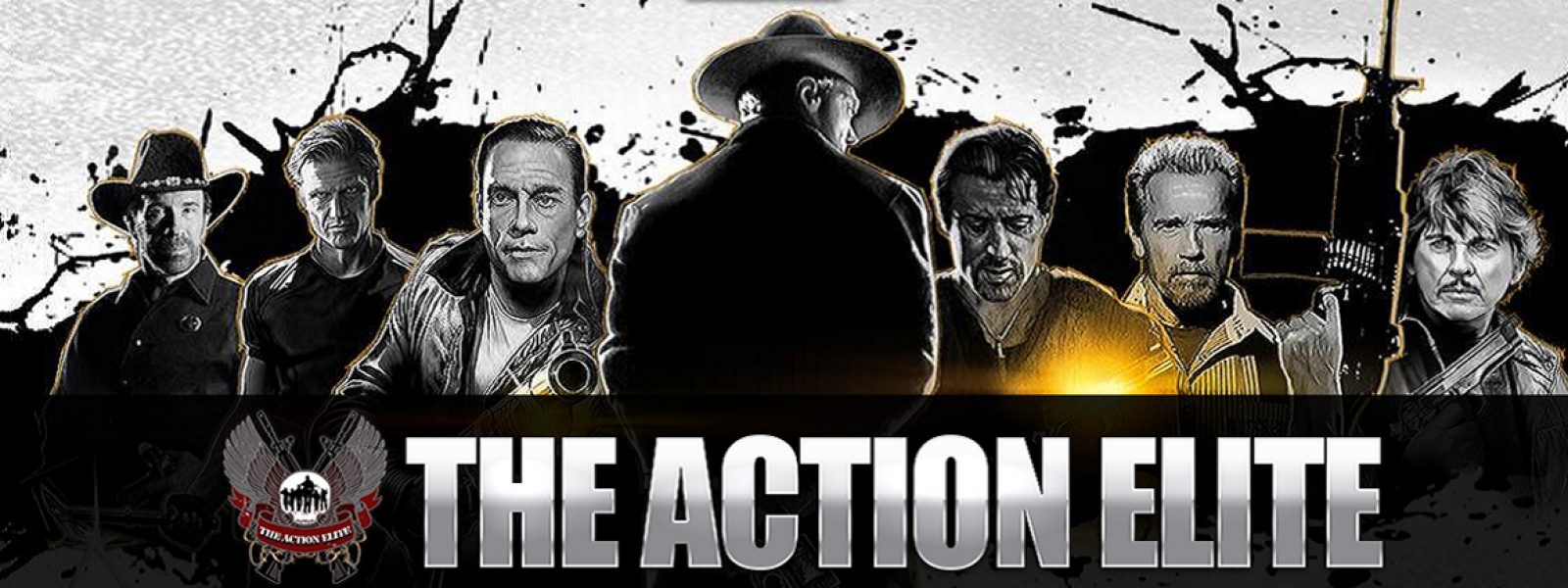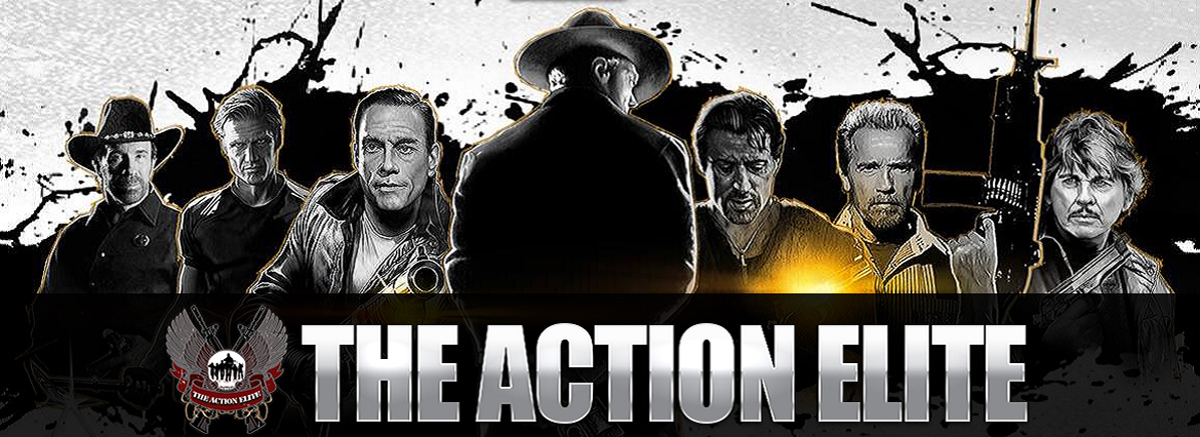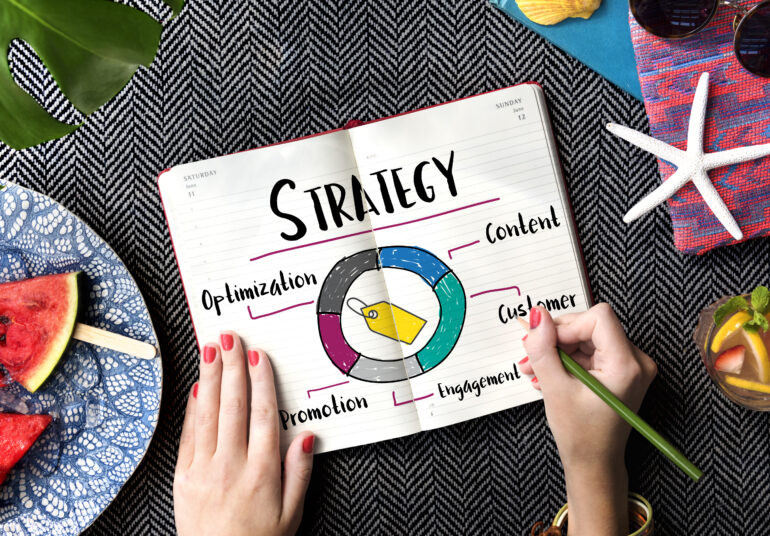Content marketing is often treated like a checklist item. Post a blog here, upload a reel there, and maybe throw in a few tweets if you are feeling productive.
However, if you want your brand to actually mean something a year from now, then you have to treat content like a strategic asset- an asset you use to ensure long-term brand relevance.
And no, this does not mean publishing 15 blog posts a week and hoping at least one of these will go viral. This means playing the long game- carefully, with purpose, and with your audience in mind every step of the way.
Brand Relevance Does Not Just Happen
Relevance is earned and not assumed. Just because you showed up on someone’s feed once does not mean you will be staying there. Today’s audiences are smart and skeptical and also spoiled for choice.
Long-term brand relevance comes from consistently answering that unspoken question from the customers- why should I care?
This means offering content that informs, entertains, solves a problem, or sparks a bit of curiosity. It is why companies that invest in building a recognizable brand voice and helpful content library ultimately outperform those that are just chasing likes. The content could be in the form of video-based storytelling, SEO-rich blogs, or other such formats.
It is important to remember that anyone can get followers, but you cannot buy genuine brand affinity. Although you can use growth services to buy followers or streams across platforms like YouTube, Spotify, or SoundCloud to build social proof, the game does not end here.
The only way you can leverage that boost is by making content that delivers and keeps those followers around. If not, you will lose that following as quickly as you gained it.
From Ideas to Intent- Making Meaningful Content
The challenge is not to come up with content- it is aligning that content with your long-term brand identity. A well-mapped content strategy can help you structure it all and make sense of everything.
Think about what transformation does your audience experiences from engaging with your brand. Then, build a content plan that tells that story again and again, in different formats and across different checkpoints.
For instance, blog posts enable you to publish evergreen content that targets long-tail keywords. These tend to perform better in search and also establish your brand as an expert.
Similarly, email newsletters build a rhythm and keep your target audience in the loop. Then, we have social media, where you can use short-form content to reinforce your identity and engage directly with the audience.
Finally, video content helps you build trust faster. You can show your face or let them hear you and convey your personality as a brand.
Adding Context to Content
Adding keywords in every sentence for SEO does not cut it anymore. Google, the algorithms, and your audience- everyone is smarter now.
What works more now is context! Use LSI keywords to give your content depth and frequency and integrate them naturally so the flow of content remains smooth. This helps the search engines understand the scope of your content and also appeals to human readers.
Also, think about clusters rather than keywords only. Create interconnected content pieces that build authority over time. A well-planned content structure or strategy, when combined with internal linking and topic authority, helps you achieve long-term ranking and, hence, relevance.
What Happens When Google Changes the Rules
Google’s rules will change, and that is okay!
The brands that win are the ones that will listen, adapt, and optimize- but without abandoning their core identity. Having a long-term content plan does not mean that everything is locked in stone! It means you have a framework that is strong enough to bend without breaking.
Monitor your analytics consistently, see what is working, and recycle your content where and when possible. Also, test new ideas in small batches before scaling.
If a particular content piece starts slipping in traffic, do not panic and delete it. Consider updating it, adding new insights, and optimizing the headline. You can also re-promote it through email or social media.
Final Thoughts
You can spike your numbers for a week or build a brand that lasts a decade. Your content planning is the difference between the two.
It is also important to remain consistent with your efforts. Keep telling your brand story. Continue refining your tone, your visuals as well as your approach.
You are not in it for the short-term attention! You want long-term brand relevance and, hence, a strategy that will make it happen.
Sources
https://www.unboundb2b.com/blog/how-to-plan-your-content-marketing-strategy/
https://sure-creative.com/blog/building-a-brand-strategy-for-long-term-success/
https://www.20northmarketing.com/blog/long-term-content-strategy






